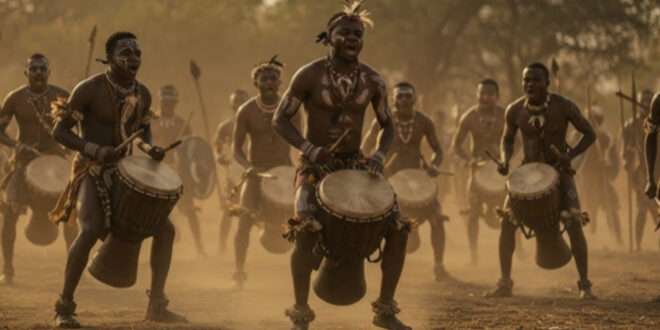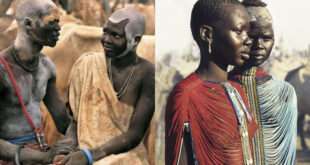Before telephones, Africa already had its own powerful network the drum. Across forests, deserts, and valleys, drums carried messages faster than a man could run. They were the heartbeat of African life, used to announce births, summon warriors, and celebrate victories.
Among the Yoruba of Nigeria, the dùndún drum could “speak” human language. The Ashanti of Ghana used the atumpan drum to send royal messages. In Congo, the ngoma drum called people to gather. The Zulu in South Africa used war drums to rally their warriors. From the Dinka and Nuer of South Sudan to the Baganda of Uganda, each rhythm told a story that everyone understood.
As kingdoms grew and trade routes expanded, drumming became a cross-continental language. Skilled drummers served as royal messengers. A coded beat could travel from one village to another across long distances within minutes.
African elders say, “When the drum beats, hearts come together.” The drum united people, passed down wisdom, and preserved history. It was a sacred voice that carried emotion, command, and pride.
Another proverb says, “The drum is not afraid of noise, for it was born to speak.” In every beat lived the spirit of community and identity.
Even today, the drum continues to speak through African music in churches, ceremonies, and modern Afrobeats. It reminds us that before technology, Africa already mastered communication through rhythm and unity.
Famous tribes that kept this tradition alive include the Yoruba, Ashanti, Dinka, Nuer, Zulu, Shona, Baganda, and Kongo each adding their own tone, rhythm, and meaning to the universal African language of the drum.
 The African History Truly African
The African History Truly African

